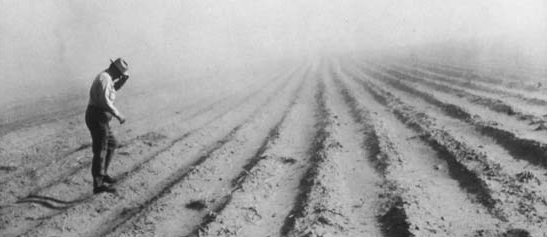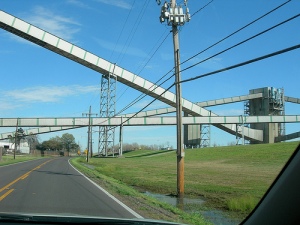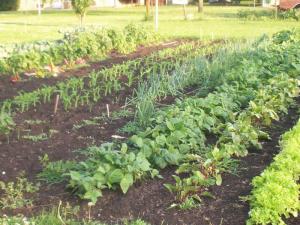One of the critical realities of 2009 is that national and global droughts are poised to have a profound impact on food cost and availability. The signals are plain, strong, insistent.
 The epic, ongoing droughts in Texas and California, as well as in China, South America, the Middle East, Southern Africa, Australia, and a host of other regions, along with collapsing economic conditions, represent a mountain of harsh realities. Together, they render the issue of food security as imperative for 2009. Households, neighborhoods, and wider communities would be wise to set their responses in motion now.
The epic, ongoing droughts in Texas and California, as well as in China, South America, the Middle East, Southern Africa, Australia, and a host of other regions, along with collapsing economic conditions, represent a mountain of harsh realities. Together, they render the issue of food security as imperative for 2009. Households, neighborhoods, and wider communities would be wise to set their responses in motion now.
Across the USA, vast swaths of the West, the Southeast, and the upper Midwest are abnormally dry. Major news sources are telling the tale, including The New York Times, Reuters, and the San Jose Mercury News; a wider and more concerning picture is offered by the National Integrated Drought Information System, and the Global Drought Monitor.
California’s Central Valley, a crucial agricultural region, is being rocked by the drought and by the economy. On February 20 federal officials were forced to announce that they are unlikely to be able to provide water for the upcoming growing season in vast parts of the valley. What happens there – and elsewhere — will have wide reverberations.
California produces over half of the fruit, vegetables and nuts grown in the USA. It is the major producer of tomatoes, almonds, avocados, grapes, artichokes, onions, lettuce, and olives, and also produces dozens of other crops including spinach, broccoli, cantaloupes, strawberries, sweet corn, and bell peppers
The slashed water supply will be a staggering blow for thousands of farmers in the Central Valley, the agricultural heartland of California, the USA’s No. 1 farm state.
This dry year comes on the heels of two previous critically dry years. If the drought continues, as meteorologists predict, it may well have catastrophic consequences.
Across the valley, towns are already seeing some of the worst unemployment in the country, with rates three and four times the national average, as well as reported increases in all manner of social ills: drug use, excessive drinking and rises in hunger and domestic violence.
Farmers are also reckoning with the collapsing economy at large. Tight bank credit is impacting farmers everywhere; they need to borrow money to be able to afford to plant crops. Fewer loans means meager planting.
Many farmers will attempt to tap groundwater. But water tables are already low after heavy pumping last year. Some observers who monitor the situation see the possibility of severe problems, including possible dust-bowl conditions in large patches of fallow ground.
As farmers are preparing for dry times; so should households, neighborhoods, and larger communities. There are dozens of established, working models of what can be done to increase food security. Many of those models are noted on the links page of this blog.





